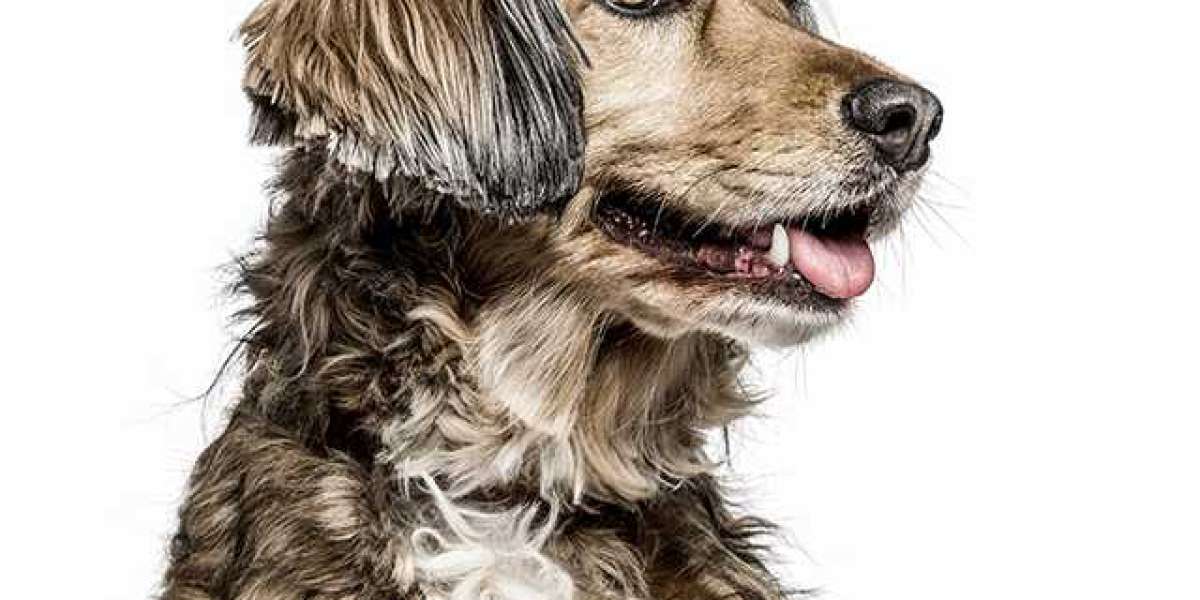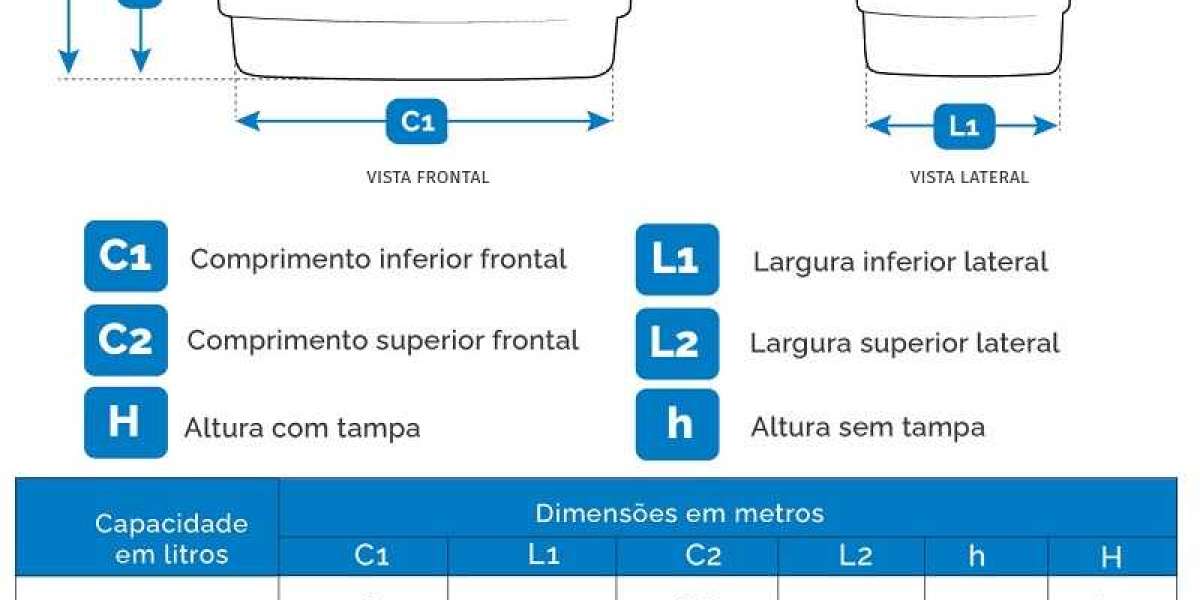Watercolor painting, with its fluidity and vibrant hues, has long been a favorite medium for artists to capture the beauty and essence of their subjects. Among the myriad of subjects, dogs hold a special place, not just as beloved pets but as muses that bring a unique charm to the canvas. This article delves into the art of creating unique watercolor dog portraits, exploring the techniques, inspiration, and emotional connections that make these works of art so captivating.
The Appeal of Watercolor
Watercolor, as a medium, is known for its transparency and luminosity. Unlike oils or acrylics, watercolor paints are water-based and require a different approach. The artist must consider the fluid nature of the paint, the way it interacts with water and paper, and the subtleties of layering and blending colors. This makes watercolor a perfect medium for capturing the essence of dogs, whose fur, expressions, and movements are often complex and full of life.
The transparency of watercolor allows for a layering effect that can mimic the depth and texture of a dog's fur. Additionally, the unpredictability of watercolor – how it spreads and mixes on the paper – can add a level of spontaneity and realism to the portrait. This is particularly effective in portraying the playful and lively nature of dogs.
Techniques for Creating Watercolor Dog Portraits
Creating a watercolor dog portrait involves several steps and techniques, each contributing to the final piece's unique charm.
1. Reference and Sketching
The first step is to gather reference photos of the dog. Multiple photos from different angles help in understanding the dog's structure and personality. The next step is sketching. A light pencil sketch on watercolor paper serves as a guide. This sketch should capture the basic proportions and major features of the dog.
2. Wet-on-Wet Technique
One of the fundamental techniques in watercolor painting is the wet-on-wet method, where wet paint is applied to a wet surface. This technique is excellent for creating soft edges and blending colors seamlessly, ideal for painting the fur and soft features of a dog. It can be used to create a smooth transition between different shades of fur and to add a dreamy, ethereal quality to the background.
3. Wet-on-Dry Technique
Contrary to the wet-on-wet technique, wet-on-dry involves applying wet paint onto a dry surface. This technique is perfect for adding fine details and sharp edges, such as the eyes, nose, and individual strands of fur. This combination of techniques allows the artist to balance soft, blended areas with precise, detailed sections.
4. Layering and Glazing
Watercolor is built up in layers. Starting with lighter washes and gradually adding darker tones helps to build depth and dimension. Glazing, applying a thin, transparent layer of paint over a dry layer, can enhance colors and create shadows, adding realism to the portrait. This technique is particularly useful for capturing the glossy shine in a dog's eyes or the subtle variations in fur color.
5. Negative Painting
Negative painting involves painting around the subject to define it, rather than painting the subject itself. This technique can be used to create highlights and emphasize certain areas without directly painting them. For example, leaving parts of the paper white or lightly painted can suggest the glistening effect of sunlight on a dog's coat.
Inspiration and Emotional Connection
What sets a unique watercolor dog portrait apart is the emotional connection between the artist, the subject, and the viewer. Dogs, with their expressive faces and loyal eyes, evoke a wide range of emotions, from joy and excitement to serenity and love. Capturing these emotions on paper is what makes the portrait truly special.
1. Understanding the Subject
Each dog has a distinct personality. Some are playful and energetic, while others are calm and wise. Getting to know the dog, even if only through photographs, helps the artist capture these unique traits. This understanding is reflected in the pose, expression, and overall composition of the portrait.
2. Storytelling Through Art
A portrait can tell a story. Whether it's a dog playing in the park, resting at home, or gazing lovingly at its owner, these moments are what make the portrait meaningful. Incorporating elements that are significant to the dog or the owner, like a favorite toy or a familiar setting, adds a personal touch and tells a story beyond just the dog's appearance.
3. Emotional Resonance
The ultimate goal of a watercolor dog portrait is to evoke emotion. The way the light catches the dog's eyes, the texture of the fur, and the overall ambiance of the painting should resonate with the viewer. This emotional connection is what makes the portrait not just a picture, but a cherished piece of art.
The Artistic Journey
Creating a unique watercolor dog portrait is an artistic journey that involves technique, inspiration, and a deep emotional connection. Each portrait is a blend of skill and creativity, capturing the essence of a beloved pet in a way that is both beautiful and meaningful.
For artists, this journey is a rewarding experience. It requires patience, practice, and a willingness to embrace the unpredictability of watercolor. But the result – a portrait that captures the unique charm and personality of a dog – is worth every moment spent at the easel.
1. Practice and Patience
Mastering watercolor takes time and practice. Artists must be patient, allowing each layer to dry before adding the next, and embracing the unexpected outcomes that often lead to beautiful effects. Every painting is a learning experience, bringing new insights and techniques.
2. Experimentation
Watercolor is a medium that encourages experimentation. Trying different techniques, color combinations, and paper types can lead to surprising and delightful results. This spirit of experimentation is essential for creating unique and expressive portraits.
3. Passion for the Subject
A passion for dogs and a love for art are at the heart of creating compelling dog portraits. This passion drives the artist to capture not just the likeness of the dog, but its spirit and personality. It's this passion that transforms a simple painting into a work of art that resonates with viewers.
Conclusion
Capturing canine charm through unique watercolor dog portraits is an art form that combines technical skill, creative vision, and emotional depth. By mastering watercolor techniques, understanding the subject, and conveying emotion, artists can create portraits that are not only visually stunning but also deeply meaningful. These portraits celebrate the special bond between dogs and their owners, preserving cherished memories and capturing the essence of our beloved four-legged friends. Whether you are an artist or an admirer of art, there is something truly magical about a watercolor dog portrait – a timeless tribute to man's best friend.








